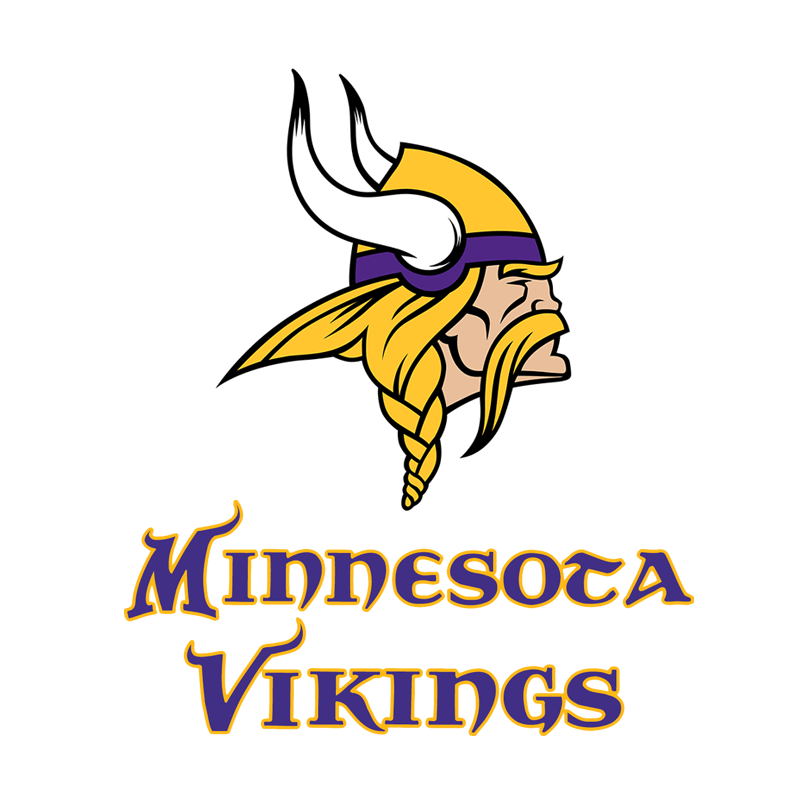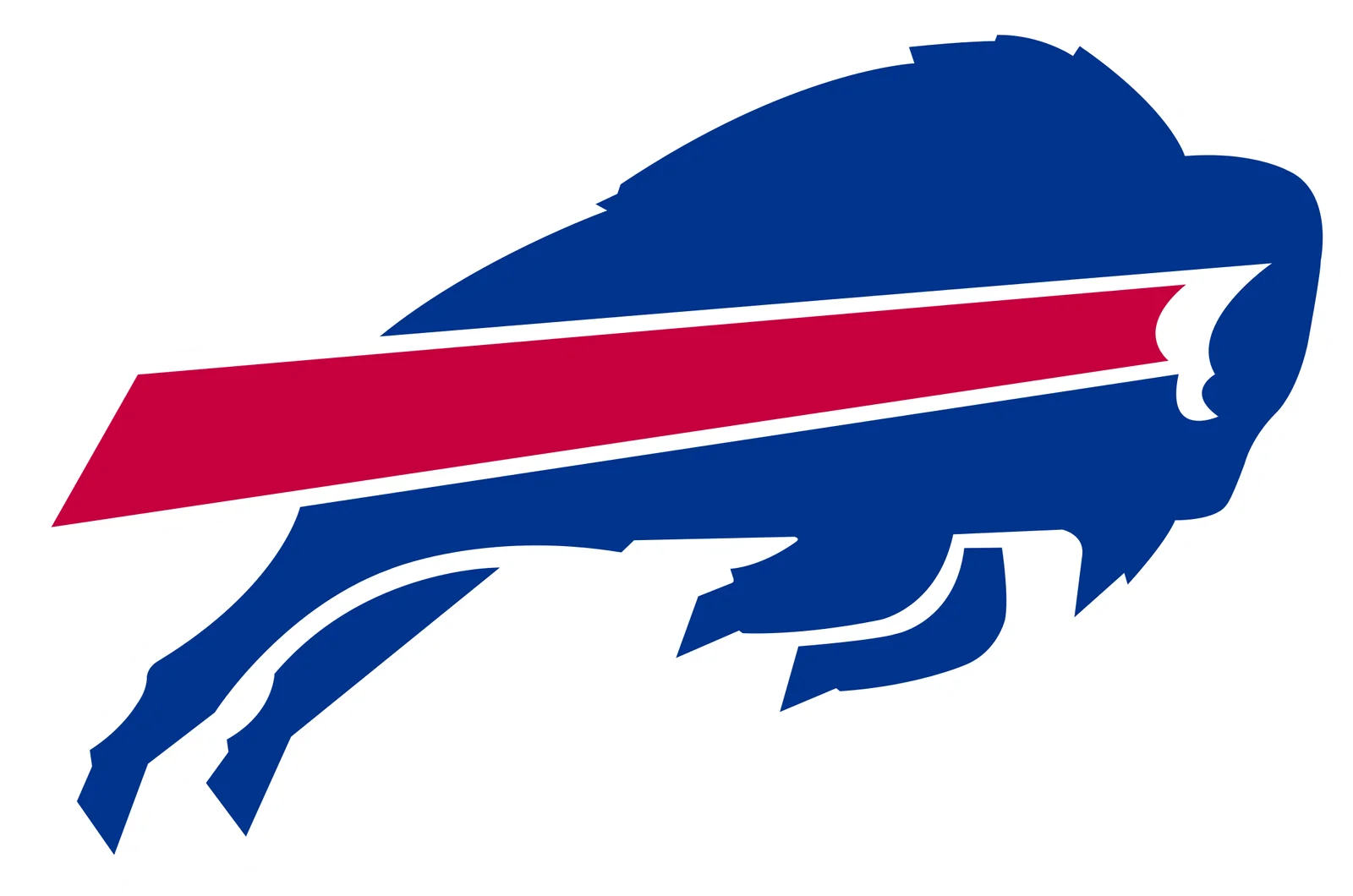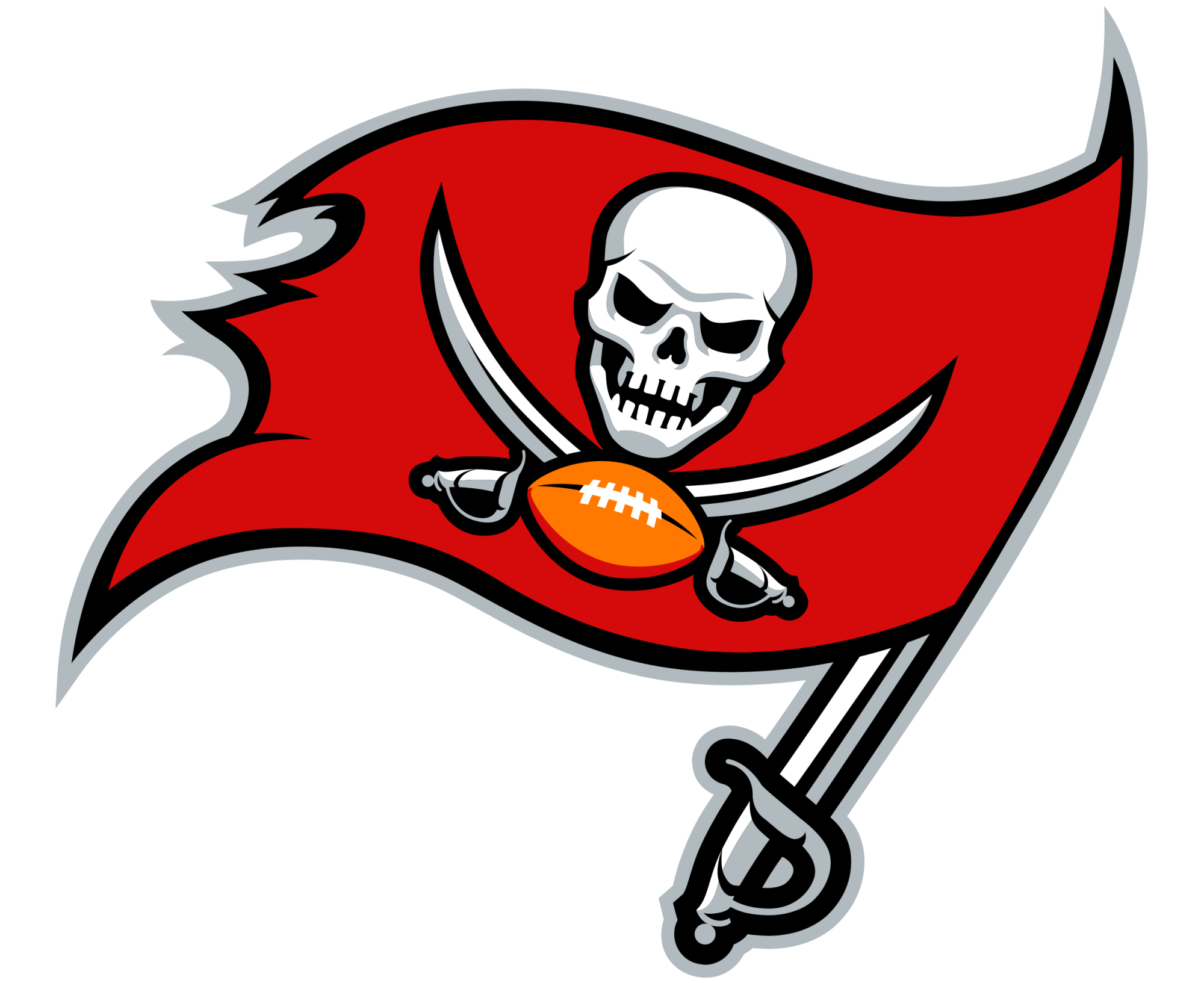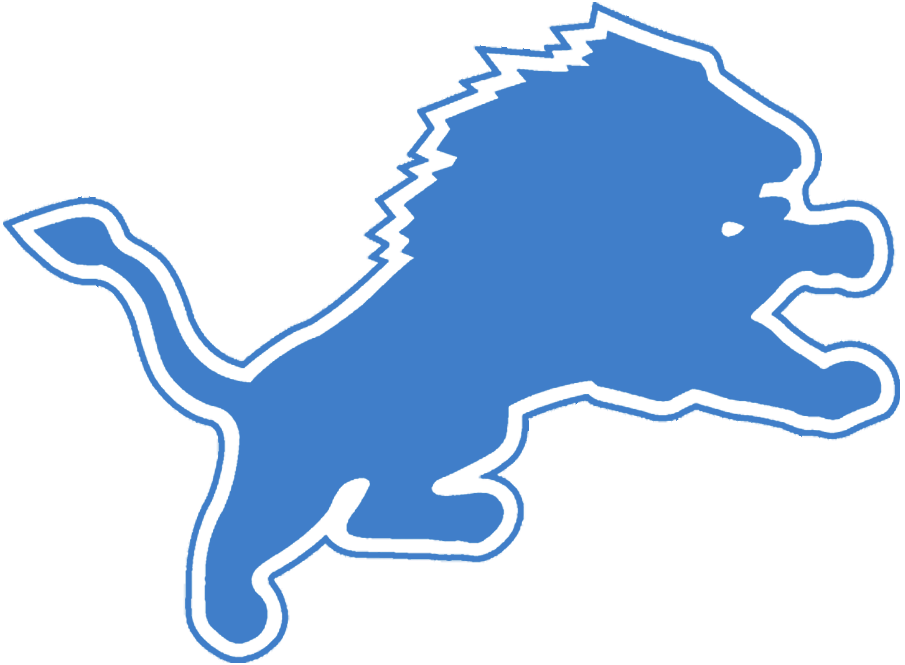The Jury Is Still Out On Kevin O’Connell’s Play-Calling
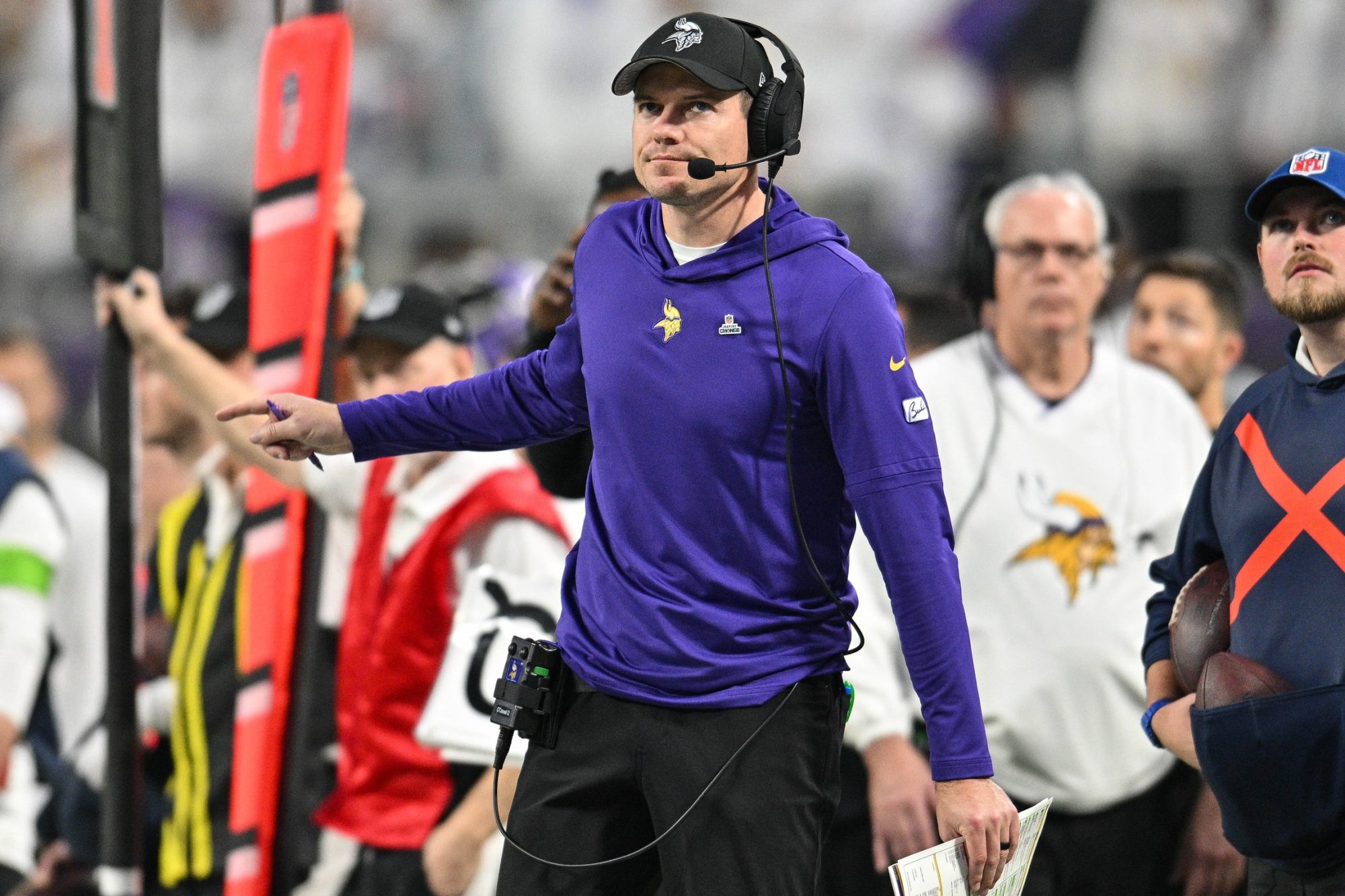
Credit: Jeffrey Becker-USA TODAY Sports
Kevin O’Connell is entering his third season having ridden both the highs and lows of the NFL head coach roller coaster. He started with a 13-4 inaugural year (and a disappointing Wild Card loss to the New York) then fell back to earth with a 7-10 record last season. Still, getting a 20-14 overall record is impressive, considering the growing pains that come with being a first-time coach.
O’Connell brings it with savvy, charismatic press conferences and an ability to articulate football Xs and Os — but there are noticeable opportunities for KOC to continue to develop into the offensive genius he’s reputed to be. Given his pedigree as a former quarterback under the Bill Belichick / Tom Brady Patriots, and most recently as offensive coordinator under the Sean McVay coaching tree, we’re still waiting to see his final form.
Despite O’Connell holding the offensive coordinator position for the Rams, it was McVay who called the plays, raising questions if he can apply his creative, dynamic schemes and turn them into results. More importantly, O’Connell needs to improve at diagnosing defensive tendencies and field position in order to know the right situation to call each player. But perhaps coaching around now-Atlanta Falcon Kirk Cousins limited him. Now, with “his guy” in-house, will he be a more dynamic play-caller from here on out?
O’Connell’s offenses in Minnesota were able to out-score their mediocre advanced stats. Minnesota finished seventh and tenth in yards per game in 2022 and 2023, respectively. Despite the yardage totals, however, they finished 20th and 23rd in offensive DVOA (Defensive-adjusted Value Over Average). The latter is considered to be a true indicator of team success, and finishing in the bottom half of the league points to offensive inconsistency.
Early in his tenure, it seemed O’Connell was on the right track. He spoke about the importance of pre-snap motion to get better reads to defensive coverages and create personnel mismatches. There’s no better example of how dynamic these plays can be than in Week 1 of the 2022 season against the rival Green Bay Packers.
The Vikings’ opening drive saw them on 4th & 1 from the 5-yard line. Justin Jefferson went in motion left to right, with Adam Theilen on the right side of the formation. From there, Theilen slanted into the middle, drawing two defenders, allowing Jefferson to sneak to a wide-open area of the field to the corner of the end zone.
The nearside cornerback couldn’t recognize Jefferson in motion, which is why he hedged toward Thielen, resulting in the easy touchdown. Pre-snap motion has a higher probability to create mismatches, confusion, and blown coverages, but we haven’t seen O’Connell go to this in his play-calling nearly enough.
In 2023, the Miami Dolphins led the league with pre-snap motion on 82.8% of their plays, and finished second in offensive DVOA. The Vikings were 15th in motion rate (51.6%) and as noted previously, finished 23rd in offensive DVOA last year (even though injuries were a factor).
The six teams with the highest motion rates (MIA, SF, LAR, KC, GB, DET) all finished in the league’s top-eight in offensive DVOA. There is a strong correlation between offenses with high motion rates and having the most effective offenses in the league, which leads us to wonder, why isn’t O’Connell adapting to that? These top teams are gifted with dynamic playmakers on offense, but the Vikings are no different. Talent is great to have, but coaching plays a huge part in putting the puzzle of an offense together.
The elephant in the room is the Vikings just drafted a rookie QB and, by all accounts, will be patient with his development. In the meantime, the keys to the car are given to a former third-overall pick, journeyman QB Sam Darnold. Has O’Connell used the offseason to devise a more creative approach, knowing he no longer has Kirk Cousins?
Including more pre-snap motion on passing downs will advance the offense, but the lack of a run game has been a contributor to the Vikings’ inconsistency. In 2022 and 2023, the Vikings finished 27th and 28th, respectively in rushing attempts, while being in the league’s bottom-third in yards per carry during each season.
Granted, the running backs have been an aging Dalvin Cook and an underwhelming Alexander Mattison, so it can be natural to abandon the run in those circumstances. Still, the best coaches scheme ways to find a little more balance. Signing Aaron Jones this offseason, assuming he can stay healthy, offers an improved option with his ability to both break runs and catch the ball.
Developing a more established run game will be crucial to alleviate some pressure off Darnold. O’Connell must adjust his playing-calling tendencies, though, as the Vikings finished fourth in passing attempts last season, despite Cousins playing in only 8 games. Without Cousins and with Jones being a strong option at RB – now is the time for O’Connell to leverage the run game.
This season will not only be a development year for O’Connell’s young core, but for himself as he navigates life without Cousins. A more established run game and more pre-snap motion plays will help him get the ball to his most dynamic players more consistently. O’Connell has the pedigree, culture-building chops, and offensive mind to be one of the better head coaches. In order to do that, though, he’ll need to prove it by advancing the creativity he shows in his play-calling.
Up Next

